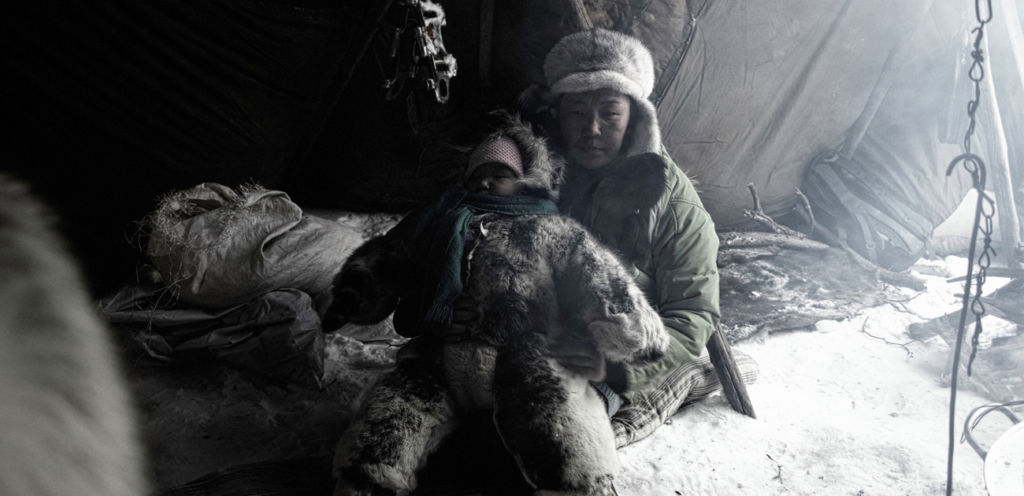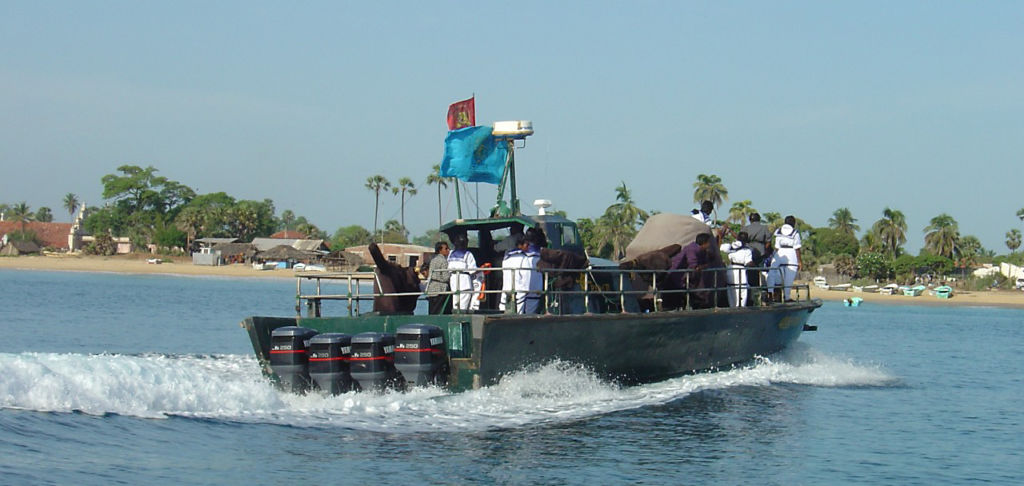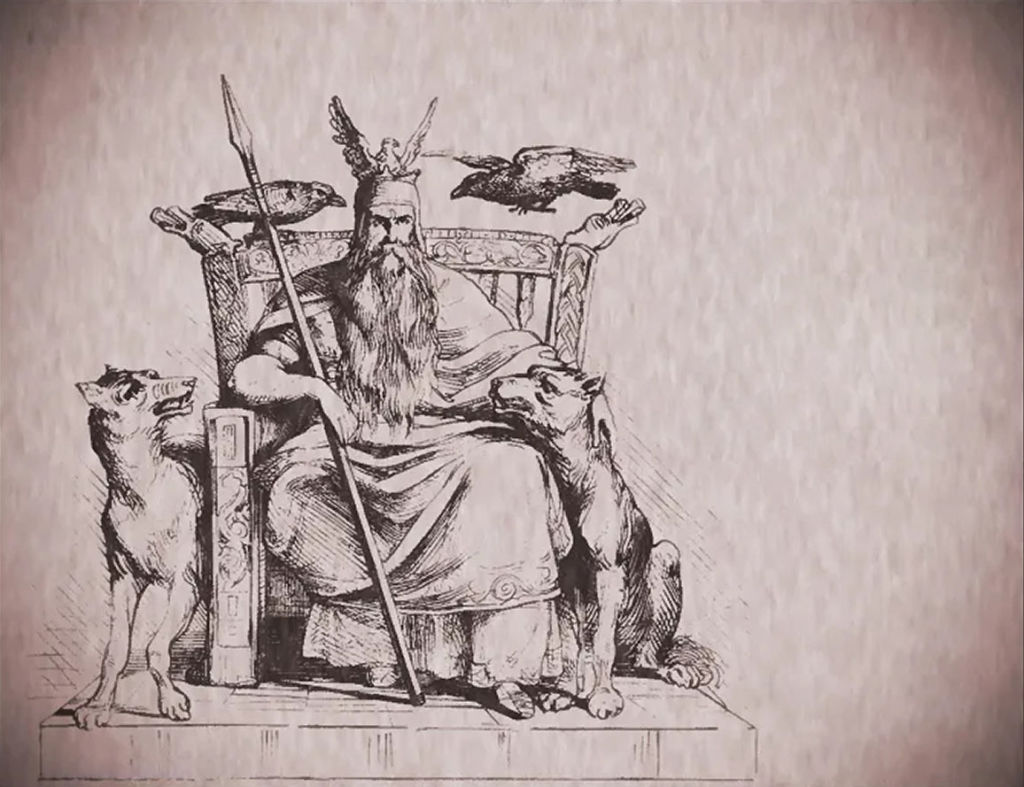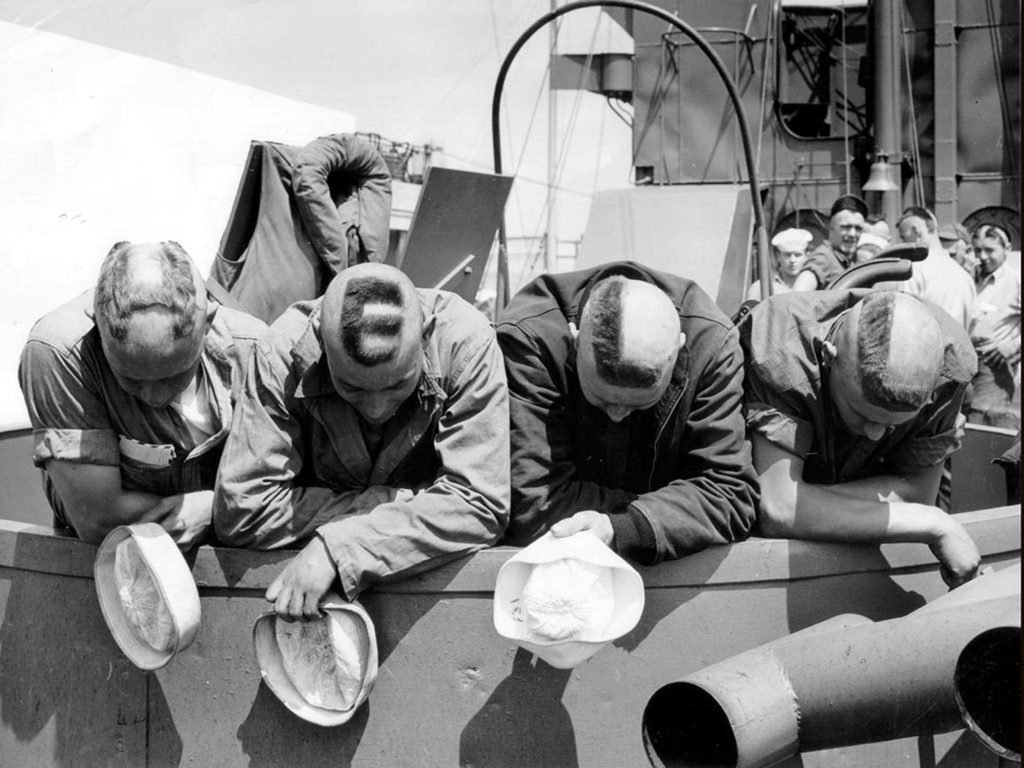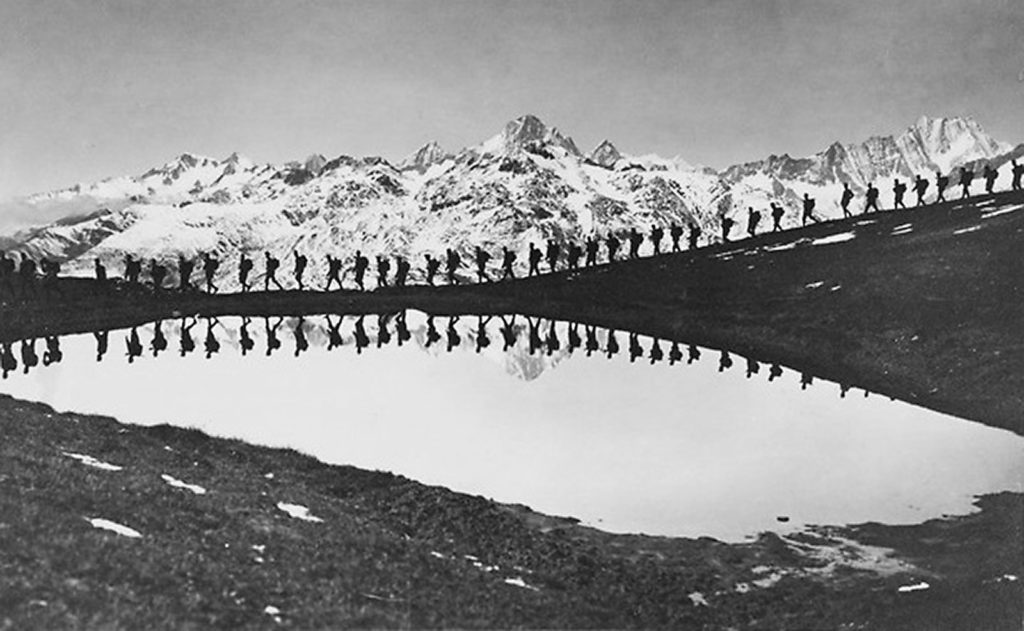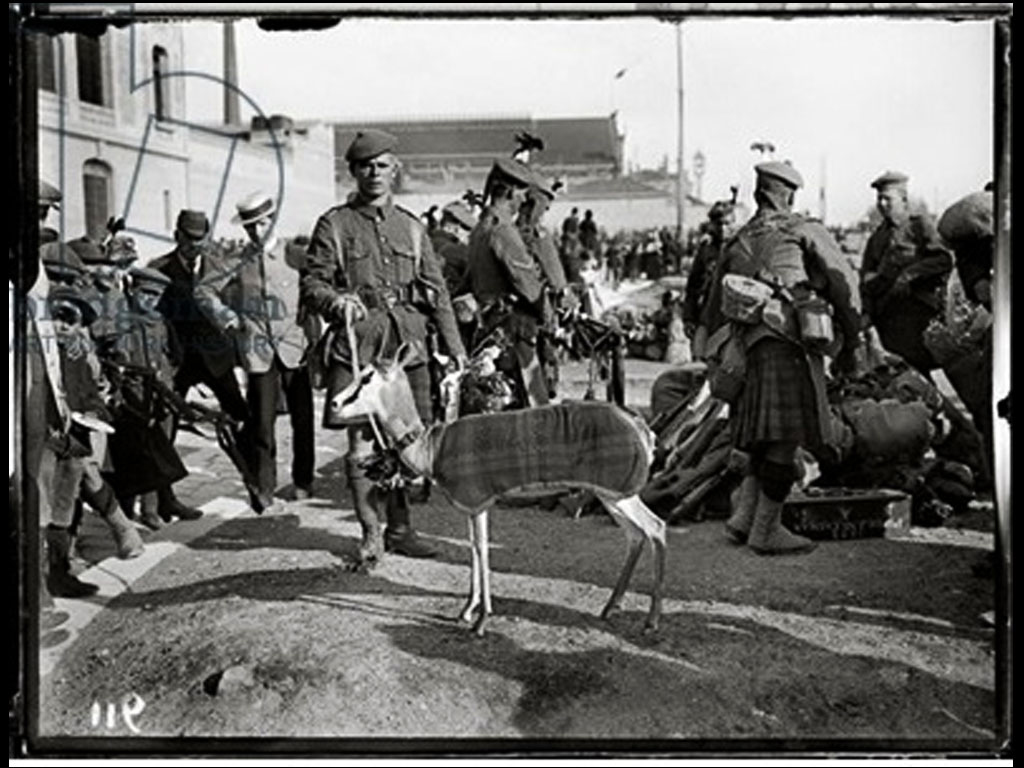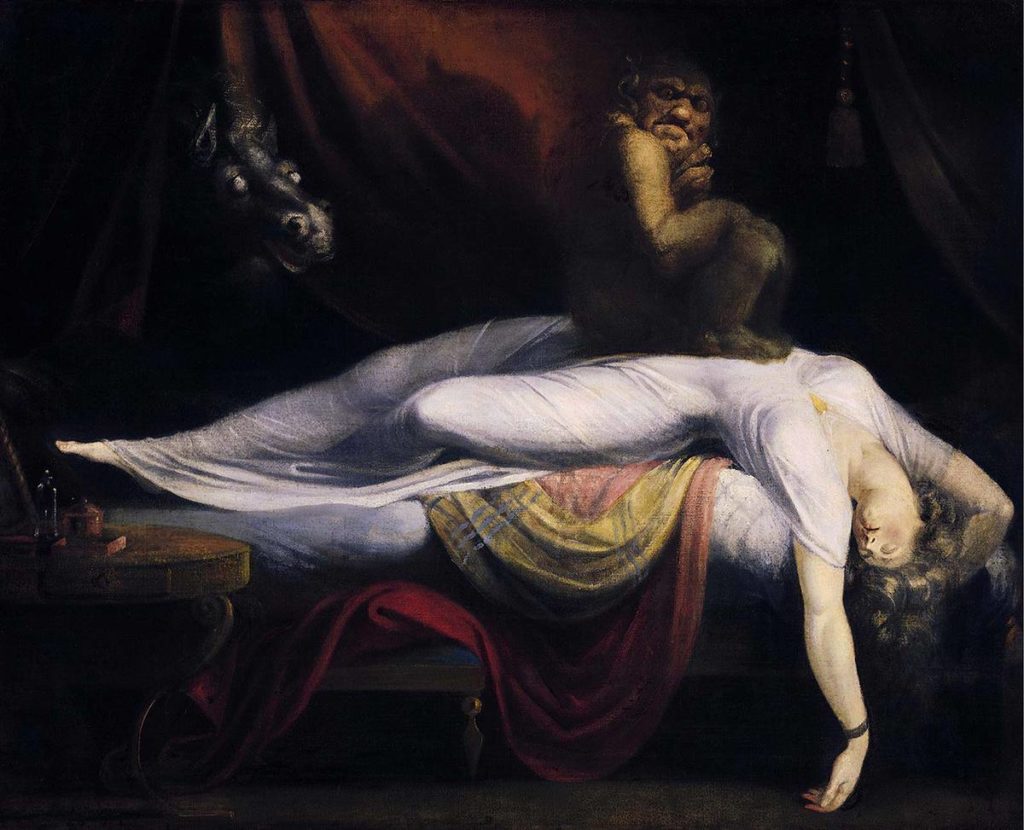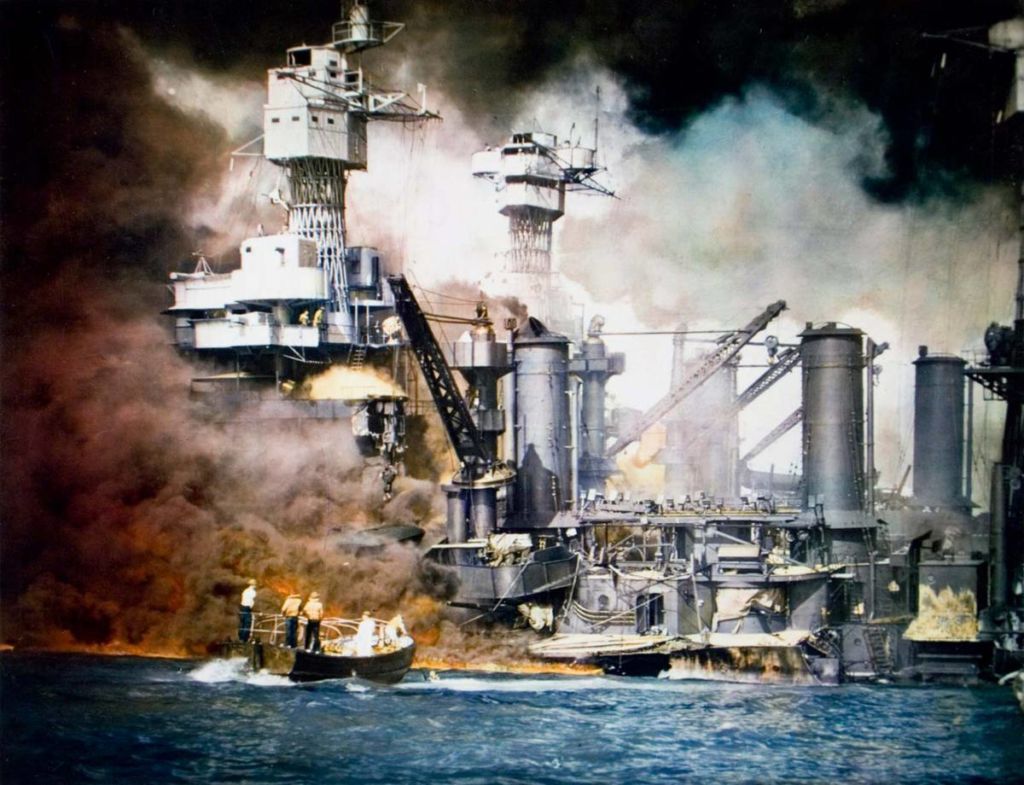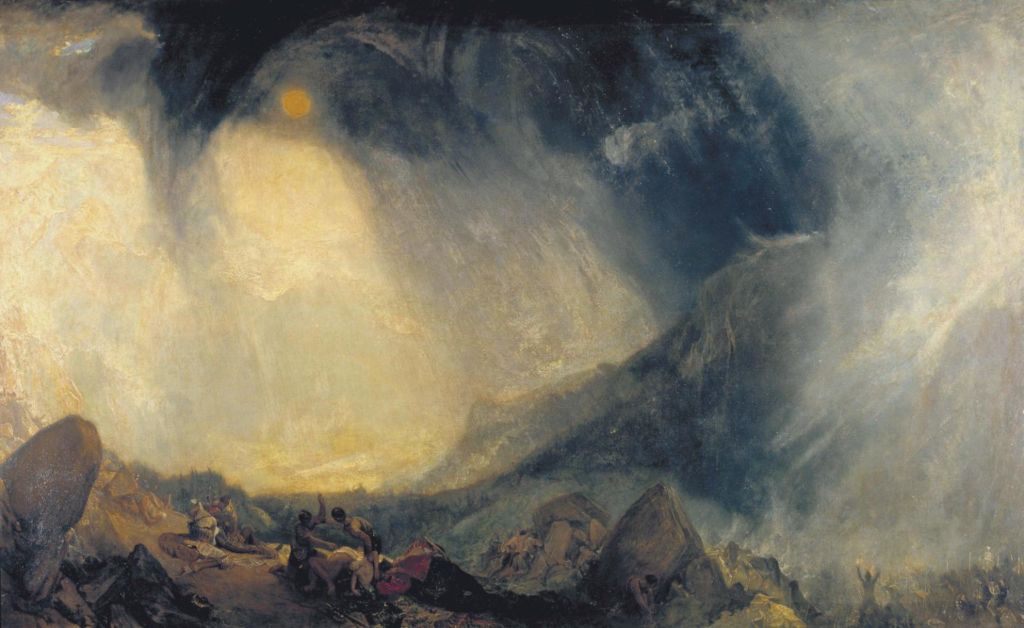Japanese artist Shingo Yoshida lives in our world without really belonging to it. He chooses to withdraw, often taking off to the most remote corners of the planet: Siberia, the Amazon, the Svalbard Archipelago in Norway or the Atacama Desert in Chile, investigating natural environments where existence is entirely different than ours.
During this quarantine period against the virus, I felt something I often did while alone in the Amazon, in Siberia, the Svalbard islands, Chile and other wilderness regions: an inversion in mankind’s dominant position and how our existence is much weaker and tenuous than we thought.
In the Amazon, ants are stronger than everything. If you step on an anthill, they will immediately climb all over your body. And even if you chase them off, they will have had time to bite you with their mandibles. Whether insects or the bacteria that parasite them, they are all our enemies.
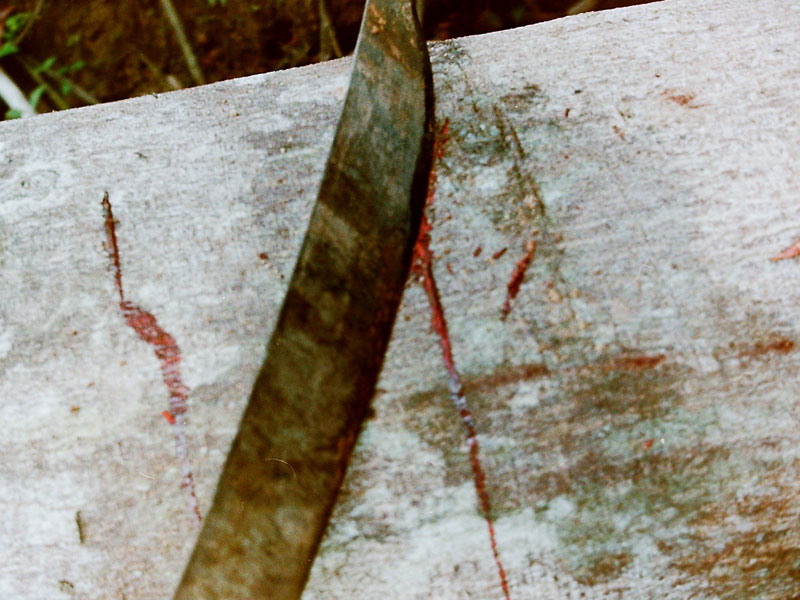
Shingo Yoshida, still from the film I prepared the perfect answer that you wanted, 2010 Oiyakaha, Amazonia (Brasil) , 33 minutes 19. With the support of Shiseido Company
Also while in the Amazon, I was hiking one day along the bed of a small river. I knew it was a bad idea when I suddenly, brutally found myself under water, submerged to the neck. I tried to backtrack, but the terrain was exactly the same all around, making me lose all sense of direction, unable to figure out where I was in the jungle. Unlike in other animals, the sense of smell in humans is extremely under-developed.
What humans most fear is the invisible. Progress has made them only trust what they see. Anything that cannot be perceived makes us panic, troubled, whereas in the past our invisible ties to nature were much stronger. We no longer know how to live with gods, devils, ghosts, myths and legends.
On another trip, to Siberia, walking along the ice shelf, I slipped onto a small iceberg that was drifting away and without realizing it, almost got swept along with it.
The Svalbard islands are populated by bears. If you go out alone, you must bring a gun. I could only get around with a guide; he carried the gun. He showed me the Global Seed Vault, a project spearheaded by Bill Gates together with the Rockefeller Foundation, Monsanto, Syngenta Foundation and the Norwegian government. The day we went there, it was under maintenance.
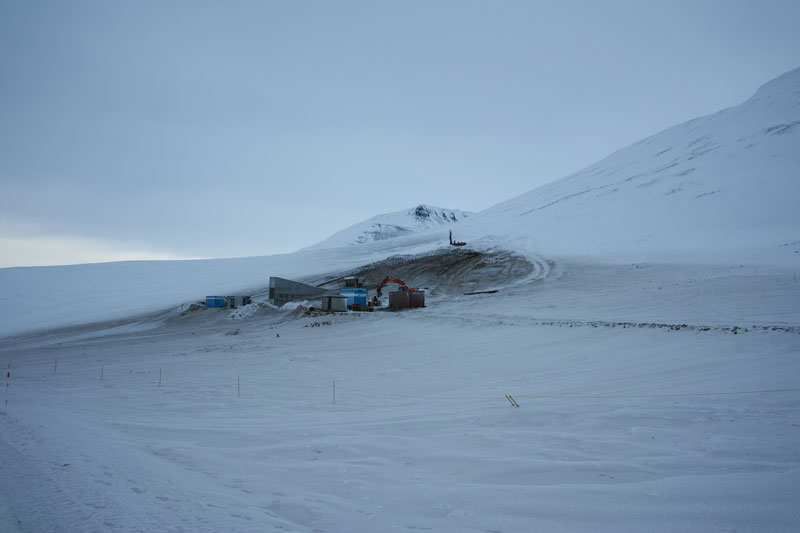
Shingo Yoshida, still from the film Reminiscence, 2018, Longyearbyen, Svalbard Norway, length: 13 min 49 sec. Music: Thomas Ghazi
The guide explained that due to global warming, the site was very expensive to maintain, there were of-ten technical problems. He didn’t really now how much longer the project could last. And yet, over on the other side, on a small part of the Svalbard islands, I was surprised to see luxury hotels lined up one next to the other.
Before going there, I thought Svalbard was a place occupied exclusively by scientific research institutes and coalmines. Once there, I discovered that the tourism industry has been booming since the 1990s, becoming one of the main sources of revenue. Today they are reconsidering how to protect the archipelago and turn it into a natural reserve.
Svalbard, an autonomous and de-militarized Norwegian territory, is not subjected to Norwegian fiscal regulation. Its surface area is counted as part of Norway’s and is not included in the Schengen Area or EFTA (European Free Trade Association). Its neutral status allows citizens from signatories of the Spitsbergen Treaty to temporarily reside in the islands without a visa, without having to answer to Norwegian immigration or customs. When I went there, I thought the people living and working there maintained a harmony between man and nature. But I quickly saw that the situation was like every-where else: like humans in a safari.

Shingo Yoshida, still from the film The end of day and beginning of the world, 2015, Chukotka, Siberia (Russia), 22 min. With the support of the Red Cross, Chukotka, Nortoco Northern tourist company and Beringia National Park, Russia
Withdrawing from society
I’ve always been interested in micro-societies, their cultures and economies, and the search for my own identity within those contexts.
Mass societies grow every day, whereas smaller cultures seem to be disappearing or in decline.
I’m curious about all cultures, legends, myths, and the daily lives of people who come from these little-known places. I try to introduce them to the world, in my own way, through my work. But I concentrate solely on the natural environment because I’m not good at getting along with people. I like to observe things from a distance, and so indeed, I often find myself withdrawing from society.
When I was young, I wanted to become a detective because I longed to see things that others couldn’t. One day, I called a specialized employment agency, but the director said it wasn’t a good job and that it wasn’t nearly as interesting as I thought: most investigations were manipulated. “If you’re able to study at university, you should.”
So I decided, since I was young and in good health, that I would travel around the world on my own, pay-ing my way, in order to broaden my horizons and be able to compare my travels once I got older and no longer had the strength or courage to cross the globe.
I also decided to read very few travel guides before leaving so I wouldn’t be influenced by their opinions. I prefer to read them carefully after a trip. That helps me to identify with the places where I lived. I don’t want any second-hand experiences.
When I was a kid, my father showed me coins he’d brought back from different countries and explained how he had to hitchhike back to Japan from Paris because he didn’t have enough money. That’s probably how I started dreaming about travelling the world.
One day, my grandmother returned from a trip abroad and, noticing the sand on her suitcase wheels, I told myself that they must been around the world. I got that same feeling when my family took me to an exhibit where we could touch a moon rock. I remember the surface was completely smooth, worn down from having been touched by so many people.
The price of an object is determined by the various valuable elements that make up the object itself, but also the imaginary added value encompassed by memories and experiences themselves.
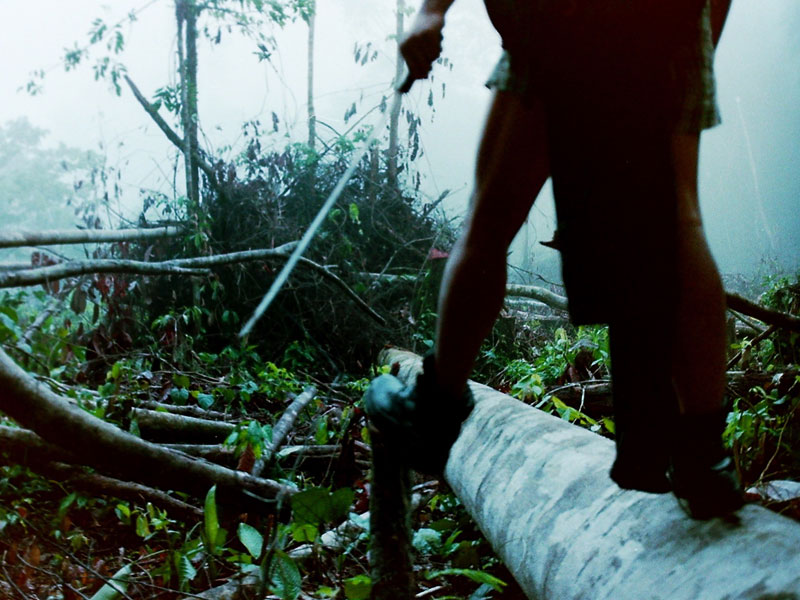
Shingo Yoshida, still from the film I prepared the perfect answer that you wanted, 2010 Oiyakaha, Amazonia (Brasil) , 33 minutes 19. With the support of Shiseido Company
When I don’t have any particular new project in mind, I go to the flea market or garage sales to find old postcards and imagine a project that might bring me to the place depicted on them. I don’t look for the same precise spot, I imagine its atmosphere, filtered by my own existence, and I express it in my own way.
Once, following the address on a postcard mailed by artist On Kawara to one of his friends, I traveled to Ghent, Belgium, in search of this friend. Another time, equipped with a postcard from the 1960s, from Berlin, I tried to find out whether the addressee still lived in the same place, and it so happened that his name was on the doorbell. I was so excited that the concierge came out to warn me he was going to call the police. It was about 2 am and I nearly got arrested.
I was probably about 14 years old when Osamu Tezuka, the manga creator, passed away. I was a big fan and together with my best childhood friend, we told ourselves: “Let’s go! Let’s go to his home,” deciding we would attend his wake. We didn’t know his address, but just by asking people in the street, with his drawings in hand and not a whole lot of other information, we managed to find his house and we went in to offer incense. It has always surprised me how, without Google or the Internet, big discoveries are still possible.
If I was to define my art, I would say it is a journey, that is, as soon as I leave my house and head toward my destination, everything becomes both journey and artwork.
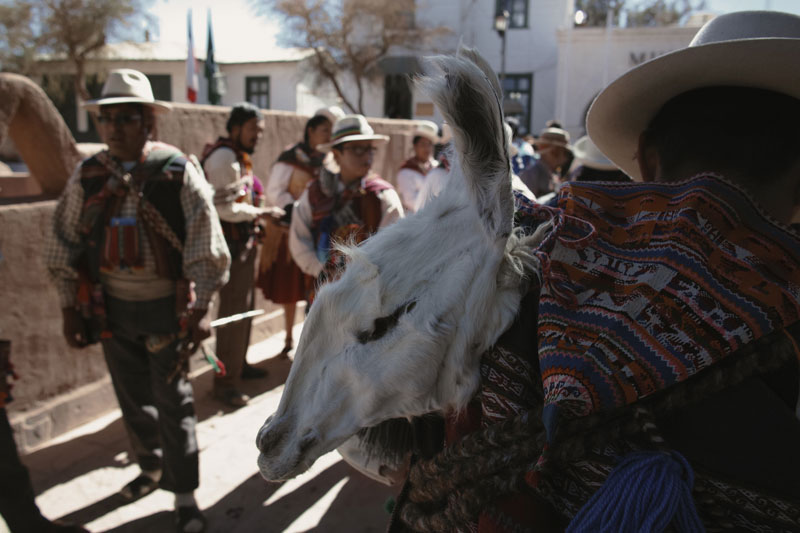
Shingo Yoshida, still from the film Castaway, 2018, Calama, Chile. Length, 7 min 44 sec
Cosmogony
The film I’m presenting here was shot in the Atacama Desert in Chile, the northern part of the country where it is said the air is the driest and purest in the world. That’s where ALMA is located, a giant tele-scope built at 5 000m altitude and which began its first scientific observations in 2011 as part of a global partnership between 22 countries, including Japan.
ALMA’s mission is to reveal the mechanisms behind planet formation and find clues to the origin of life. Here you can get an idea of the universe’s great mysteries and the efforts made by astronomers to meet these scientific challenges. ALMA recently took a picture of a black hole for the first time.
The Atacama Desert, however, is quite polluted due to the lithium mines and other valuable mining re-sources that were used to create the telescope. The place were I shot this film is located on a vast desert terrain. A lot of trash is thrown away there. In the tents live all kinds of Collas (which are like South American gypsies). It’s also feral dog territory. When I started working there, I had to negotiate with the latter as it was their land; you have to reach an understanding with them.
As to how the film was conceived, I was inspired by the “Wiphara” flag, which is connected with the in-digenous Aymara people of the South Andes. Every color means something specific about humanity and the Earth. There are many theories about it, but this flag has even more meaning in South America: red for earth; orange for society and culture; yellow for energy and force; white for time and change; green for natural resources and wealth; blue for the cosmos; purple for government and self-determination.
“I see myself as an artist-detective. I observe the mysteries of the world while maintaining a cer-tain distance from it. My work is a kind of multifaceted riddle; some people find it enigmatic, others take time to understand it. I never provide an answer. To each their own answers and interpretations. But as soon as people think about my work as they go about their daily lives, then it’s been a success.”
Translation Maya Dalinsky
Cover picture: Shingo Yoshida,still from the film The end of day and beginning of the world , 2015, Chukotka, Siberia (Russia), length : 22 min. With support of Red Cross Chukotka, Nortoco Northern tourist company and Beringia National Park, Russia
